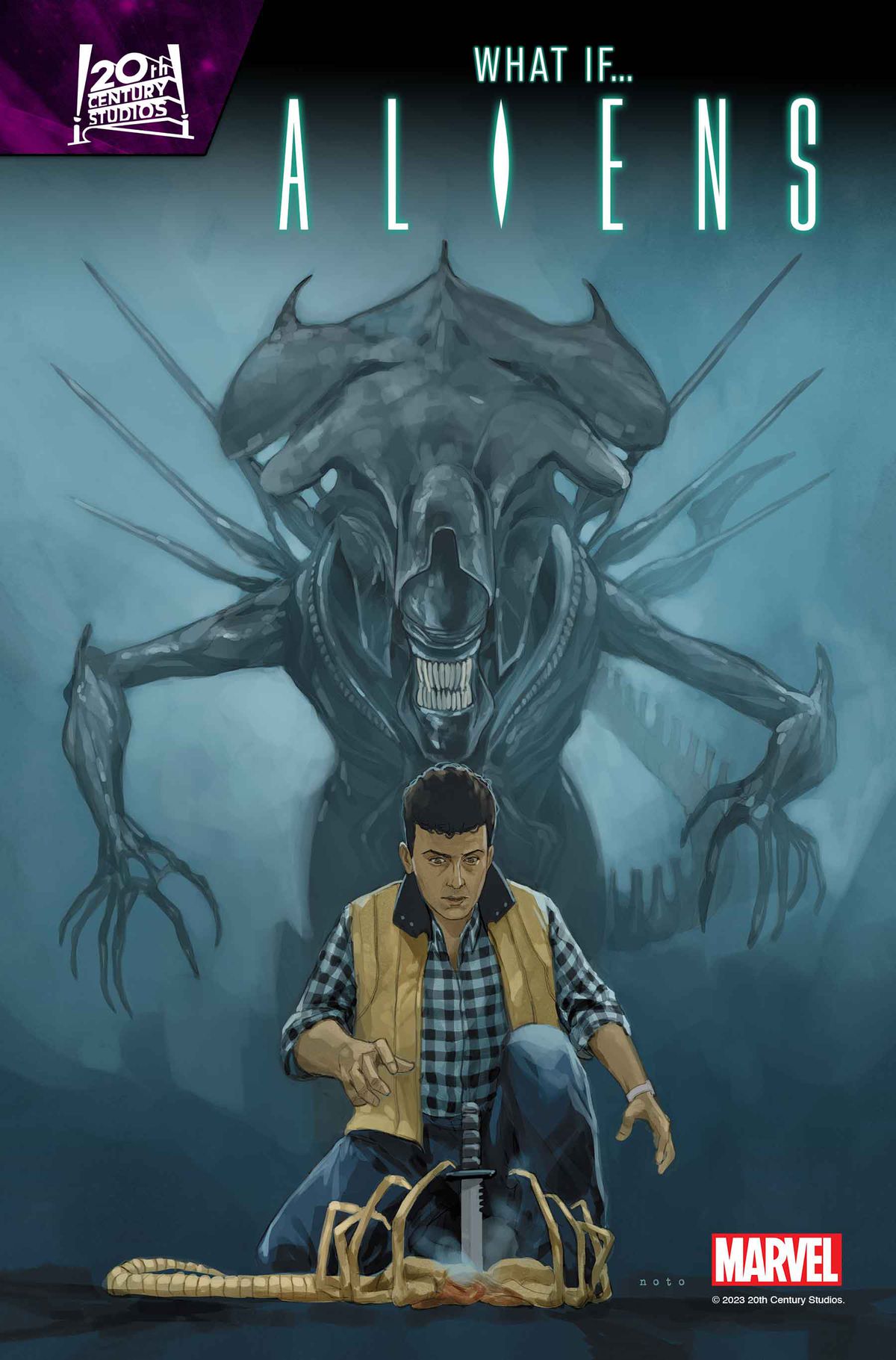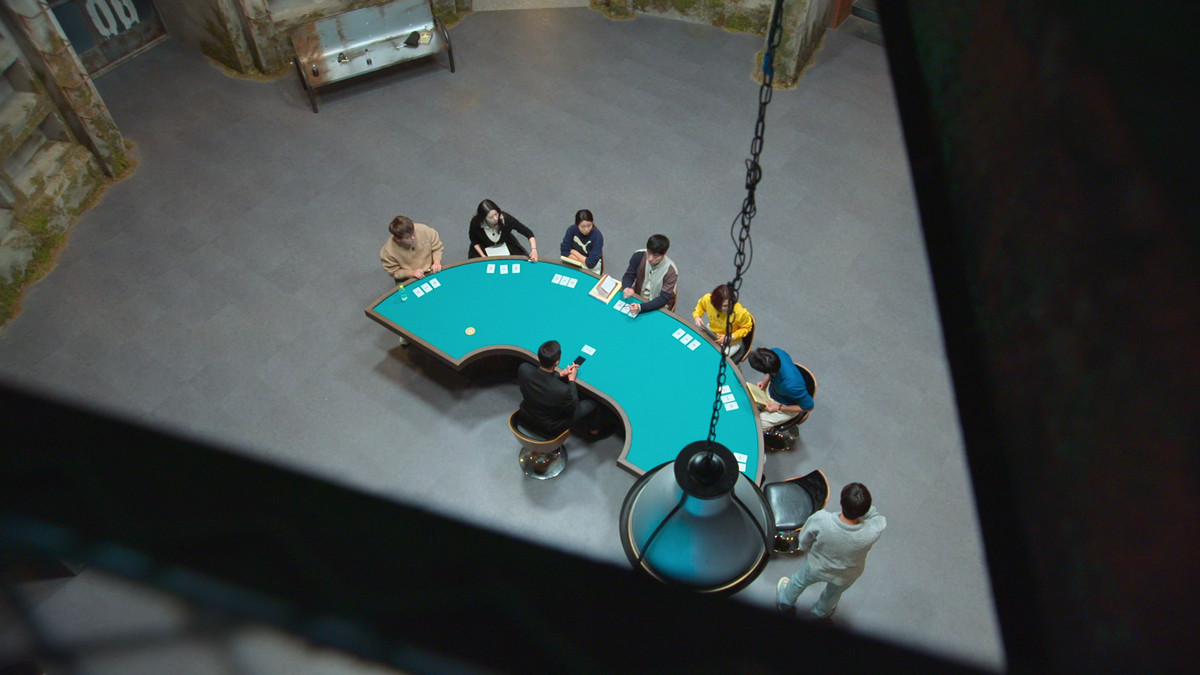This week’s episode of Disney Plus’ Ahsoka threw out a big bone to any viewers unfamiliar with Star Wars: The Clone Wars, the animated series it continues from — but unless you are familiar with the show, you might not have realized it.
Call it a flashback, call it a Force vision — Ahsoka’s “Part Five” is a quick and compelling demonstration of everything you really need to know about Clone Wars, as Clone Wars creator and Ahsoka showrunner Dave Filoni takes another swing at expressing the thing the Star Wars prequels were trying to say all along.
The supernatural sequence in “Part Five” offers a glimpse at the best parts of an imperfect show that was trying to do something very, very difficult: Take the franchise named “Cool Wars, Huh” and use it to say “War is bad.”
[Ed. note: This piece contains spoilers for Star Wars: Ahsoka episode 5.]
“Part 5” has loose ends to tie up before the show hitches a ride to another galaxy, among them Ahsoka’s lingering internal conflict over what Anakin’s turn to the Dark Side means for her. It does this by reminding us that her training was… kind of a nightmare.
The ghost of Anakin Skywalker appears to Ahsoka to walk her through shared memories, beginning in the place they met: the middle of a pitched battlefield in the earliest days of the Clone War. They press on through smoke and sand, laser blasts wiping out trooper after trooper, massive troop transports appearing and disappearing all around.
Ahsoka and Anakin talk about her education: “What about my training?” “This is your training.”
They talk about the body count they’re leaving behind them: “They were following my orders,” Ahsoka says, just after holding a clone’s hand as he died. “I got them killed.”
Anakin tells her that when he was a padawan, the Jedi were keepers of the peace, but that is no longer true, and “we must adjust to the times.”
Clone Wars’ place in Star Wars fandom has become foundational. It had time for emotional building blocks that Lucas either never found time for in the prequels or never quite had the chops to lay down. The show’s 133 episodes humanized clone troopers into actual characters, and drummed narrative beats like Palpatine’s simultaneous manipulation of two armies into clear rhythms. It also methodically unpacked the most important message of the prequel trilogy: that the Jedi Order wasn’t broken when clone troopers gunned it down. It died the moment that peacekeeping knights willingly became generals.
:no_upscale()/cdn.vox-cdn.com/uploads/chorus_asset/file/19551100/Ahsoka_Anakin.jpg)
Clone Wars excavated how wartime sensibilities allowed Anakin’s propensity for cruelty to flourish uncorrected; it featured Jedi characters struggling to hold their principles in a senseless time, and Jedi characters who cracked under that pressure. So it’s no wonder that Filoni — given one last swing at Ahsoka, Clone Wars’ viewer-by-proxy — would want to visit the theme again. And this time, he has the live-action medium on his side.
If we want to be sticklers for canon — and Filoni certainly is — Anakin is 19 at the beginning of the Clone Wars, and Ahsoka, whose acceleration to padawan learner has automatically conferred upon her the rank of commander in the Grand Army of the Republic, is only 14. A digitally de-aged Hayden Christensen and an Ahsoka played by Barbie’s Sasha Greenblatt emphasizes what was abstracted by Clone Wars’ medium and target audience. Ahsoka is a child, and Anakin is barely an adult. On top of that (and unusually for a Clone Wars-era battle), we don’t see a single droid fighter. These scenes are all about human death, whether it’s Ahsoka and Anakin’s clone troops or the Mandalorians she cuts down later.
We end the “flashback” at the Siege of Mandalore, one of the final battles of the Clone War, where a 17-year-old Ahsoka had already defected from the Jedi Order. Anakin was no longer her master, but she was still doing what he taught her: fighting a war. Not a rebel fighting for freedom against an oppressor, but a tactician and shock trooper in an endless clash orchestrated by an ever-present unseen hand.
:no_upscale()/cdn.vox-cdn.com/uploads/chorus_asset/file/19104994/Tragedy.jpg)
Ahsoka’s “Part 5” vision sequence is an ode to what Clone Wars was trying to say, if not what it actually said. But if Filoni and Lucas never managed to make the “The Jedi lost the moment they started to fight” message as noticeable as all the cool lightsaber battles, it’s hard to blame them completely. Even the most die-hard Clone Wars fans will admit that it’s difficult to bring the show’s high points to those outside the sphere of Star Wars media aimed at kids. It’s not exactly an all-ages masterpiece of TV animation.
But when Clone Wars was really on its shit, it was as a lovingly revisionist accompaniment to George Lucas’ prequel trilogy, shaped by the dedication of Filoni, a close and personal Lucas acolyte. It’s an extremely ambitious thing to try to make a war story that doesn’t glorify war. Maybe impossible! Certainly, if I may repeat myself, it’s much harder when the name of your decades-old globally beloved franchise is Star Wars. “Part 5” reminds us of the prequel era’s loftiest ambitions: to show that the secret cause behind the Jedi’s fall and Darth Vader’s rise was perfectly simple. All it took was a war.
And while it might be hard for non-Clone Wars-watchers to believe, that’s really everything you need to know about Ahsoka, too: She’s a peacekeeper who has only ever known war.








